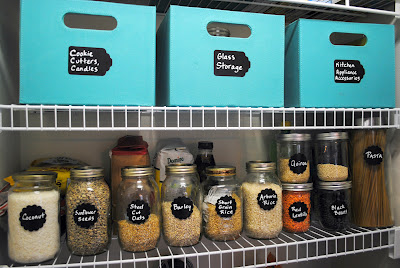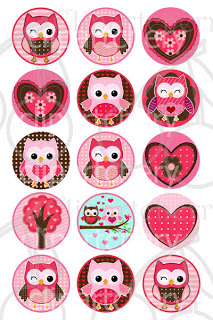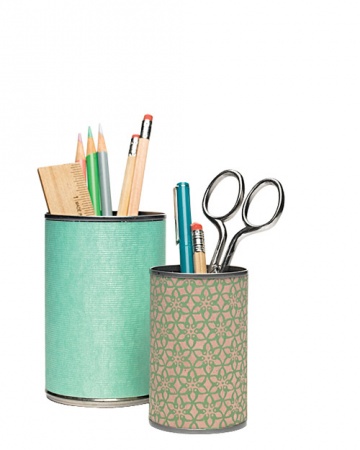Time to get planting! Or at least planning. Outside of Boston, we got a surprise hint of warm weather last month. We used the opportunity to take stock of our containers, compost inventory and get a few vegetables started. This is Part One of a Three Part Gardening Series.
First thing was to pull every container we owned out of the garage and storage area. We washed them out and decided if any needed to be trashed or recycled. Many of the plastic ones are #5 plastic. We do a lot of container gardening and have a mix of starter pots, windowsill boxes and large containers for tomatoes and peppers.
Daddy is in charge of turning over the two compost piles and getting out the good stuff. We manage two bins, one for all the household scraps (veggies, eggshells, coffee filter and grounds, etc.) The second large one collects mainly grass clippings and some household waste. It’s not as organic as we would like, but it’s great to use for flowering plants in the yard. We need to buy another compost bin and on the look out for a good deal since our DPW said the town ran out of money and won’t order any more.
Both kids loved playing with the dirt! I think there are some studies out there that kids who play in the dirt are healthier. Certainly happier. We took the compost and created a container mix of one part compost to one part potting soil. This allows for a lighter soil in the container. Straight compost is too heavy.
My favorite part of our garden are the herbs that come back every year. It saves money and time! The lemon balm is already growing in the picture above. The thyme and chives also are already in good shape, about a month ahead of schedule.
How do you get a project like this done with little kids underfoot? Just bring out their independent play activities outside. The easel outside was a huge hit with both of the kids. It gave us at least 10 minutes of uninterrupted time to get things organized.
Next post will detail what we are planting when, plus our plan to get a raised bed installed!
What are you planting this year? How do you get your kids involved?
Check out Part 2: What to Plant and When?










